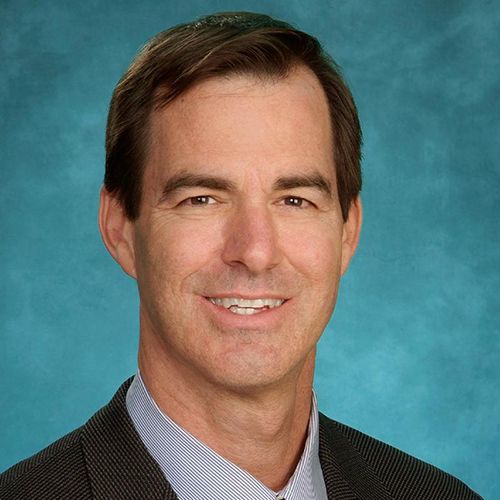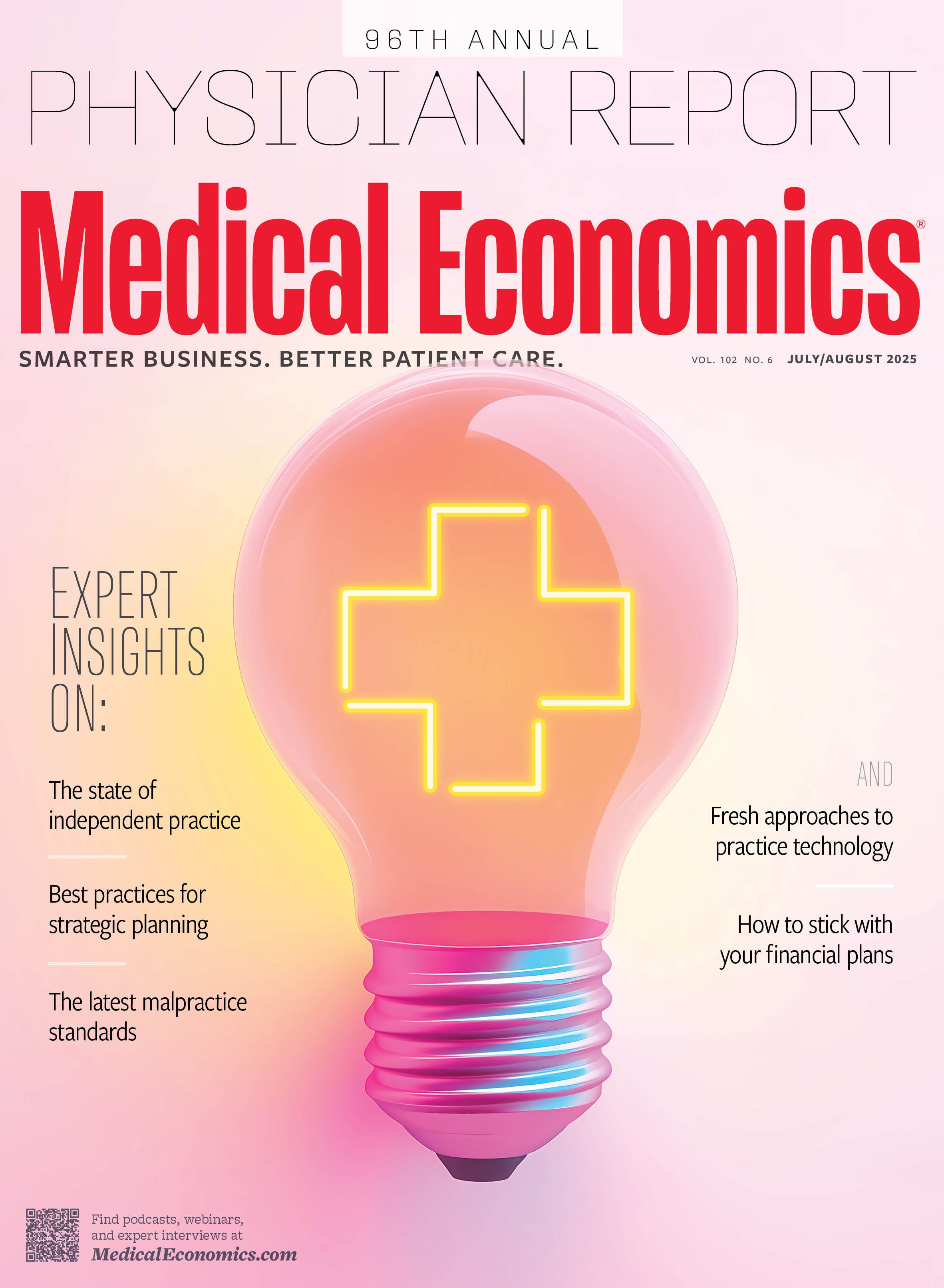Commentary
Article
Medical Economics Journal
The worrisome state of independent practice
Independent physicians face troubling trends that could lead to worse patient care.
Paul Berggreen, M.D., president, American Independent Medical Practice Association (AIMPA)

Physicians may go into private practice to treat patients by fighting their diseases and illnesses. However, in the 21st century, physicians are also fighting market conditions that make it difficult for them to stay in business.
This year, the American Medical Association (AMA) published “Physician Practice Characteristics in 2024: Private Practices Account for Less Than Half of Physicians in Most Specialties,” a new Policy Research Perspectives paper. Author Carol K. Kane, PhD, offered the latest quantification of trends eroding private practice in the American health care system.
“In 2024, 42.2% of physicians were in private practice, that is, a practice that was wholly owned by physicians,” the paper said. “This is 18 percentage points lower than in 2012, the earliest year for which comparable data are available. The data suggest that inadequate payment rates, costly resources, and burdensome regulatory and administrative requirements are long-standing and important drivers of this change.”
Not every doctor wants it to be this way.
In October 2023, the American Independent Medical Practice Association (AIMPA) formed as a physician-led, multispecialty, national advocacy organization for doctors who want to be their own boss as they guide patients to better health. It has grown to represent 10,000 physicians caring for 25 million patients across 45 states and Washington, D.C.
Over the past 30 years, the American health system has transitioned from an independent practice model to a majority employment model, with hospital systems and large insurance corporations vertically integrating, said AIMPA President Paul Berggreen, M.D., a gastroenterologist in Arizona.
“We have concerns about that,” he told Medical Economics. “We feel that there's obviously room for more than one employment model for physicians in this country. But the factors that have led to the decline of private practice medicine in this country are of concern because they are basically limiting not only physicians’ options for employment, but patients’ options to see physicians.”
This transcript has been edited for length and clarity.
Medical Economics: One of the main findings that came out in that survey was that the percentage of physicians in private practice was 42.2% overall for 2024. Were you surprised at that percentage?
Paul Berggreen, M.D.: I'm not surprised at the trend. So, the trend shows a significant downward trend in the number of physicians who identify as being in private practice. And quite honestly, sometimes physicians who are in complicated financial structures with hospital systems, insurance companies, private equity firms, managed services organizations, etc., they may not fully understand what type of model they're practicing in, and that gives some pause to survey-type data. Having said that, the trend is what I think is more important than the actual percentage, and the trend is worrisome.
Medical Economics: There was a finding that said inadequate payment rates, costly resources, and burdensome regulatory and administrative requirements are some of the factors driving that change. Do you agree with that? Can you talk about your experience with those?
Paul Berggreen, M.D.: I absolutely agree with that. There's a graph that was put out by the AMA using data from the Congressional Budget Office, etc., that shows that over the past 20 years, payments to nonphysician, nonindependent physician providers have roughly kept pace with inflation, on the order of a 70% increase over the past 20 years, and that mirrors the general inflation rate. [However,] payments to independent physicians based on the Medicare Physician Fee Schedule have only gone up 10% in that same 20-year period, which translates in inflation-adjusted dollars to a 30% decrease in payment for services that are identical to 20 years ago. That's an unsustainable trajectory for physician practices, unique to independent private practice.
We look at the cost of running a practice, which is the Medicare Economic Index, and that typically outpaces general inflation by one or two percentage points per year, and that is increasing at an unsustainable rate. Those two lines make staying in a small independent practice extremely challenging, and that is what has happened to the physician employment landscape in the past 20 years.
Regulatory burden has always been a problem in medicine; it's extraordinarily highly regulated, I would argue, the most regulated industry in the country. It is so amazingly difficult to keep up with those regulations, to not run afoul of any of the hundreds of thousands of regulatory requirements that, quite honestly, no physician is ever going to read or even be aware of until there's a problem. The addition of the electronic health record on top of that, with all the cybersecurity challenges, has amplified the entire ecosystem of regulatory burden. So, yes, absolutely a problem.
Medical Economics: Can you elaborate on the importance of physician ownership?
Paul Berggreen, M.D.: Here's a problem in medicine. Regardless of the physician employment model, we are seeing very worrisome levels of physician burnout, and that is a real problem for the longevity of a physician's career, for the physician workforce, for job shortages, and for access to patients, because if there are not enough physicians, then there's not enough access. The two main factors currently contributing to physician burnout are, No. 1, loss of autonomy, and No. 2, the electronic health record and the burdens of documentation based on that.
Autonomy comes in lots of different forms. If you're in a little private practice, such as I was 30 years ago, and there are four of you, then you have 100% autonomy, right? You are doing everything that needs to be done, to, No. 1, take care of your patients, and No. 2, run your small business. That's 100% autonomy. Many physicians say that's fine, but I don't know I want that level of autonomy. I'd rather not have to take care of the accounting and the legal and the compliance and the [information technology], etc., but the clinical autonomy is vital.
Medical Economics: Will artificial intelligence [AI] and large language models affect business conditions that help independent medical practices? Or, because those technologies also come with a cost, will that be another financial burden for smaller and independent practices?
Paul Berggreen, M.D.: It's a great question, and the answer is yes to all of the above, right? We've adopted several AI tools, primarily right now focused on documentation, to ease the documentation burden of a physician and workflow issues. Taking some of the workflow complexities in a medical practice that have developed over many years as a response to getting things done, and making those much more streamlined with an algorithm and an AI tool that can respond to those. So really, what you're talking about is point solutions — AI solutions that solve a certain problem.
One of the downsides is, these tools are expensive. As their wider adoption occurs, we're going to see prices coming down. In fact, we've already seen that. If we can get that to a price point where it makes a lot of sense to widely adopt it, it's going to be widely adopted. We've got modest adoption of that tool in my group right now, but it is increasing. As physicians say, wow, this is worth a bit of extra money every month to pay for this tool, because it makes my life so much better, my patients are simply happier, and I'm saving time. So, I think that the answer is yes, those tools are definitely on the way, and even in the next year, I think you're going to see a dramatic adoption of these point solutions.

Newsletter
Stay informed and empowered with Medical Economics enewsletter, delivering expert insights, financial strategies, practice management tips and technology trends — tailored for today’s physicians.




